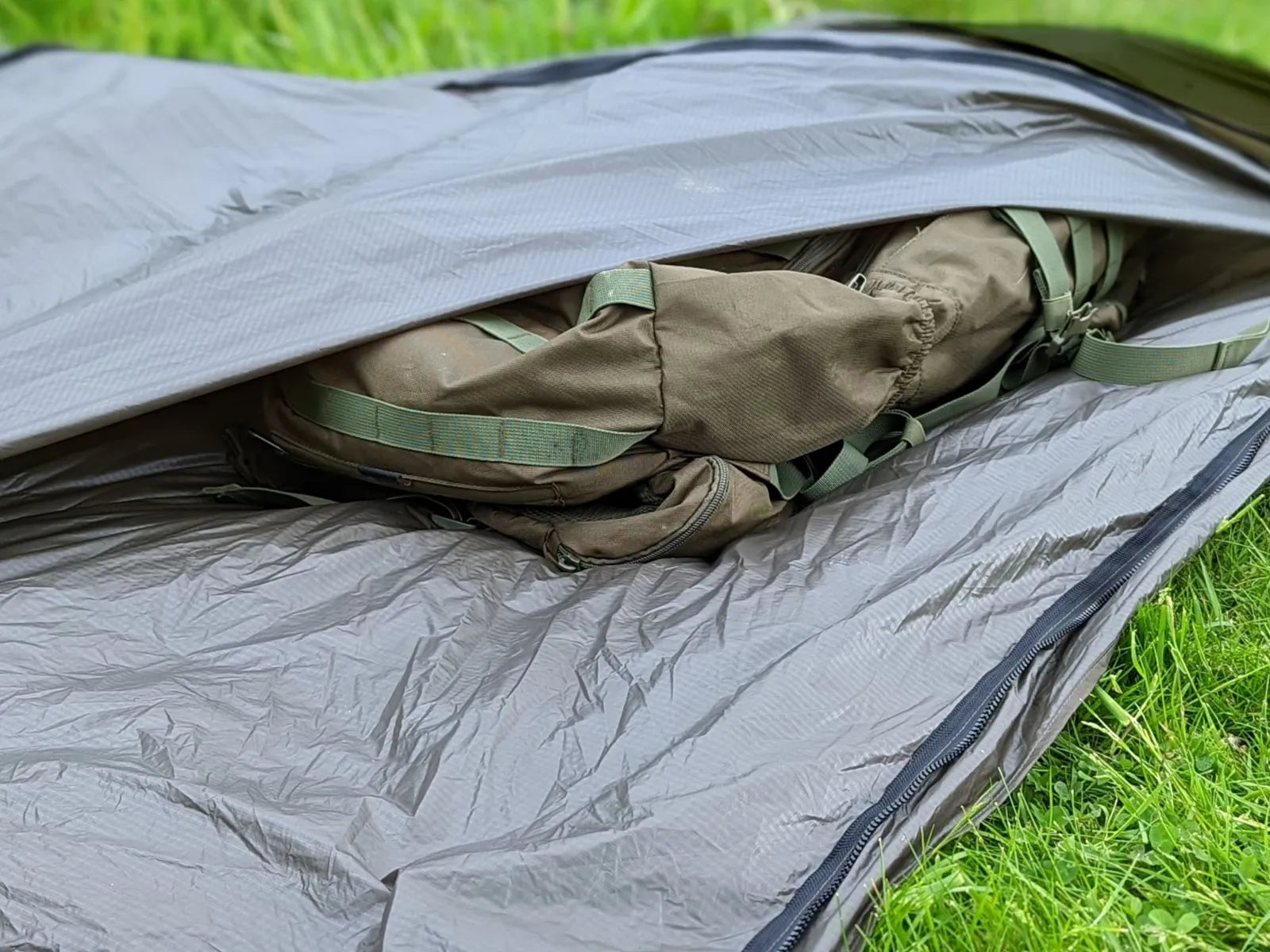What is Recycled Nylon Fabric?
Recycled nylon fabric is an innovative material produced from post-consumer waste, such as old fishing nets, fabric scraps, and other nylon-based products. This process not only diverts waste from landfills and oceans but also significantly reduces the need for virgin nylon production, thereby conserving resources and energy.
The Recycled Nylon Production Process
The production process of recycled nylon involves several key steps that transform waste materials into high-quality fabric. Here’s an overview of how recycled nylon is created:
Collection of Waste Yarn and Fabric: The journey begins with the collection of waste yarn and fabric, which are the primary raw materials for recycled nylon. These waste materials are sourced from various post-consumer and industrial waste streams.
Melt Granulation: The collected waste is then subjected to melt granulation, a process that involves melting the nylon waste to form granules. This step is crucial as it prepares the material for spinning by converting it into a workable form.
Spinning: The nylon granules are then spun into recycled yarn through a meticulous spinning process. This yarn retains the high strength and durability characteristics of virgin nylon, ensuring the quality of the final product.
Yarn Textile Fabric: The recycled yarn is woven into fabric, creating a versatile and sustainable material that can be used in various applications. This step completes the transformation from waste to fabric.
Final Product: The recycled nylon fabric is then utilized to create various products, such as outdoor gear, clothing, and accessories, exemplifying the practical and eco-friendly use of recycled materials.

Environmental Benefits of Recycled Nylon Fabric
The production of recycled nylon fabric offers numerous environmental benefits, contributing significantly to the reduction of our ecological footprint. Here are some key advantages:
Water Saving: The process of producing recycled nylon fabric saves 54% to 58% of water compared to the production of virgin nylon. This is a substantial reduction, considering the high water usage in traditional textile manufacturing.
Energy Saving: By recycling existing nylon, it is possible to save 71% to 80% of energy that would otherwise be required to produce new nylon from scratch. This energy saving translates into lower carbon emissions and a smaller environmental impact.
Decrease in CO2 Emissions: The overall carbon footprint of recycled nylon is significantly lower, with a decrease in CO2 emissions ranging from 69% to 76%. This reduction is crucial in the fight against climate change and global warming.

Why Choose Recycled Nylon Fabric?
Choosing recycled nylon fabric over conventional materials offers a range of benefits for both consumers and the environment. Some of the most compelling reasons to opt for recycled nylon include:
Sustainable Fashion: Recycled nylon is a cornerstone of sustainable fashion, helping reduce the textile industry's environmental impact and promoting responsible consumption.
High-Quality Material: Despite being made from waste materials, recycled nylon retains the strength, durability, and versatility of virgin nylon, making it suitable for a wide range of applications, from outdoor gear to everyday apparel.
Eco-Friendly Production: The process of creating recycled nylon is more environmentally friendly, reducing water and energy usage and lowering greenhouse gas emissions.
Conclusion
Recycled nylon fabric represents a significant step forward in sustainable textile production. By transforming waste into valuable resources, the environmental impact is reduced, paving the way for a more sustainable future. The recycled nylon production process highlights the potential of innovative recycling methods to create high-quality, eco-friendly products. As consumers become more environmentally conscious, the demand for sustainable materials like recycled nylon will continue to grow, driving further innovation and positive change in the industry.
By choosing recycled nylon products, you are not just investing in quality and durability but also contributing to a healthier planet. Embrace sustainability and make a positive impact on the environment, one fabric at a time.

Onewind's dedication to environmental protection and sustainability shines through in their latest initiative to upgrade their top quilt, flare underquilt, and flare blanket to recycled nylon fabric. By making this conscious choice, Onewind not only reduces their carbon footprint but also sets a commendable example for the outdoor industry. Embracing sustainability isn't just a trend for Onewind; it's a fundamental part of their journey towards a greener future. Through thoughtful decisions like these, Onewind continues to prove that innovation and eco-consciousness can go hand in hand, paving the way for a more sustainable outdoor gear industry.




